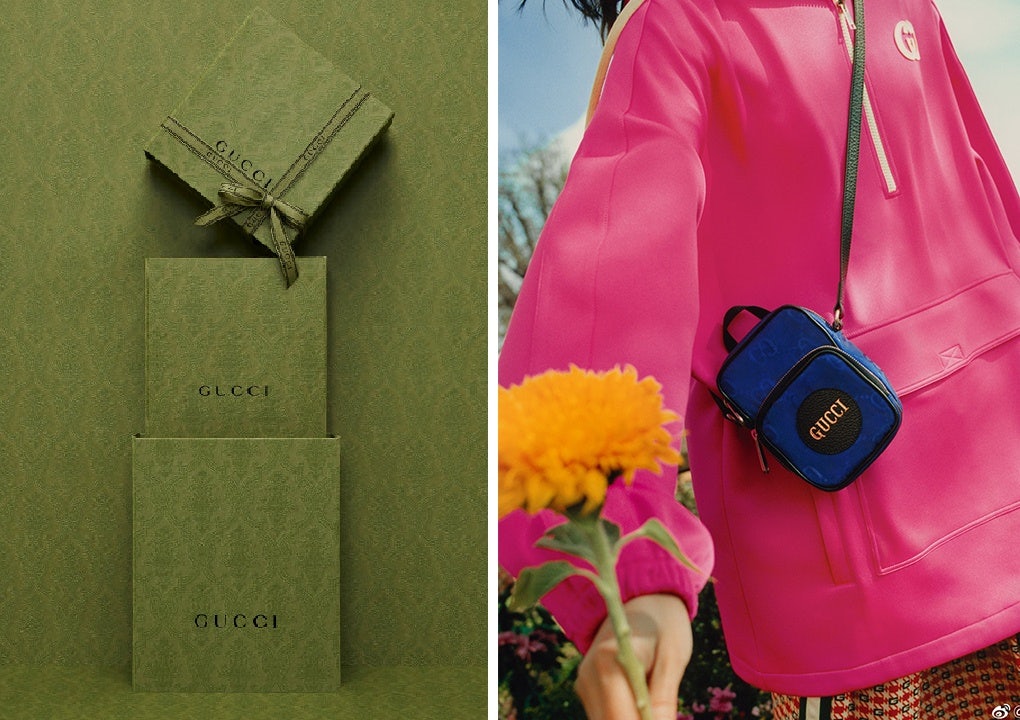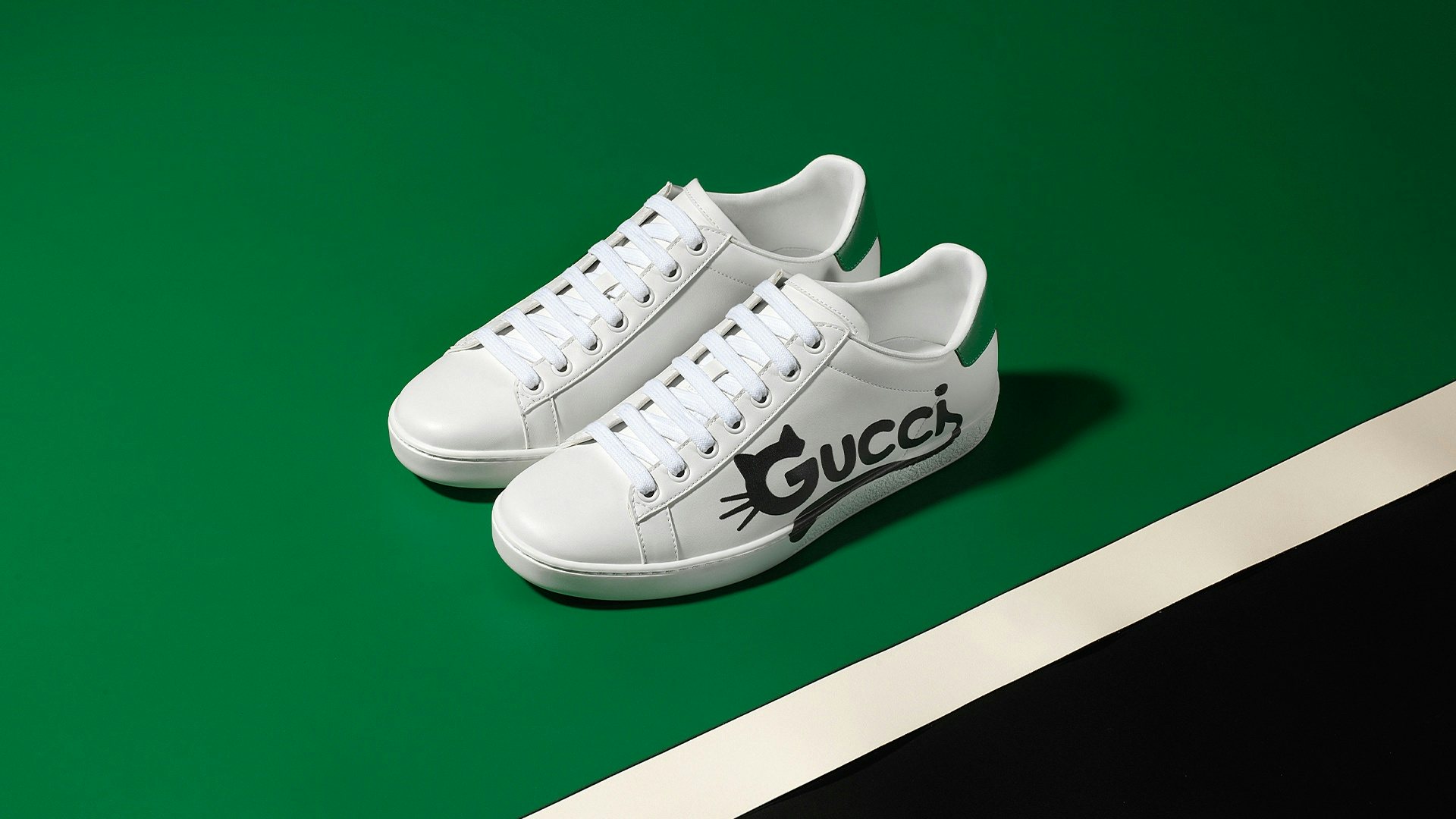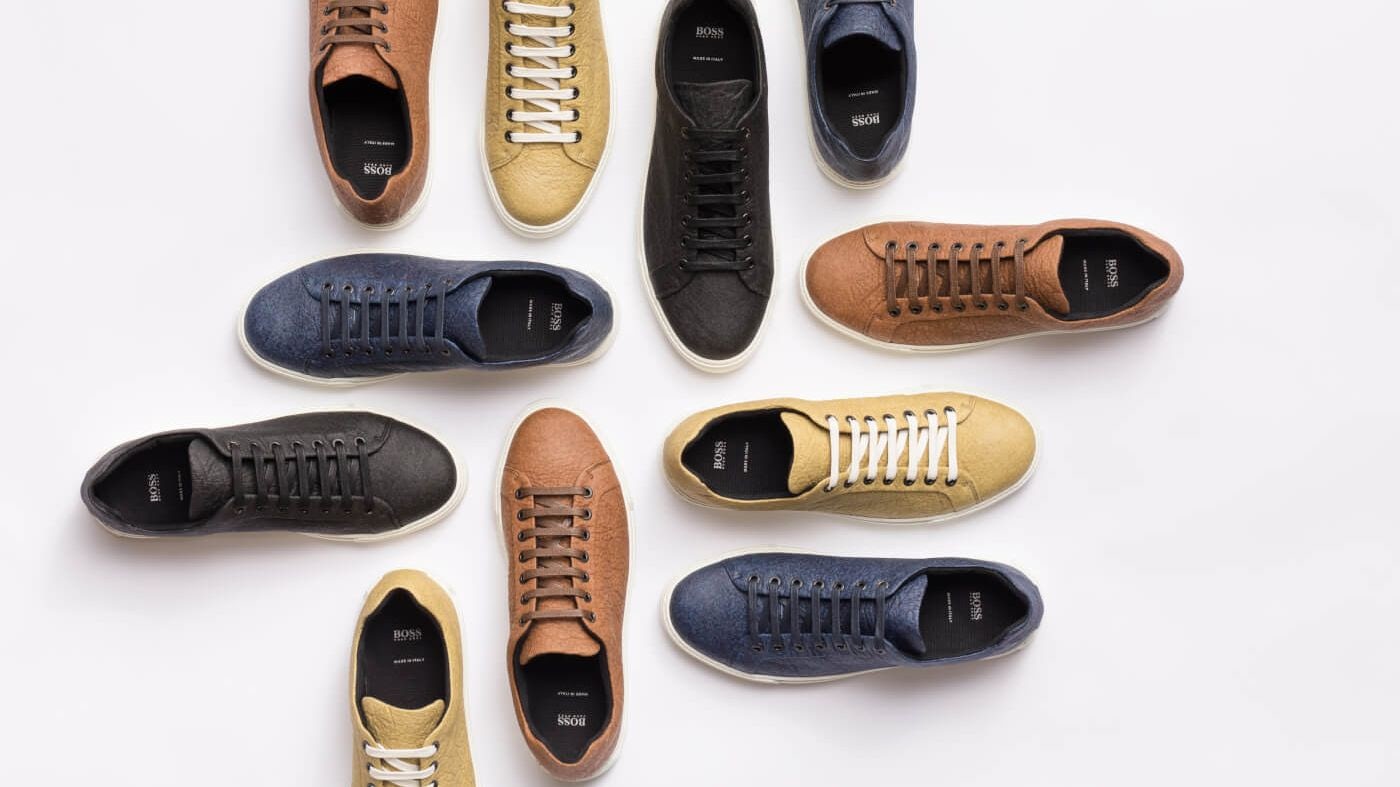What happened
Kering’s star brand is shining brightly on the sustainability front. On June 17, Gucci launched a new luxury leather alternative called Demetra, an animal-free material that contains more than 77 percent plant-based materials such as wood pulp and bio-based polyurethane. To demonstrate its durability and high quality, the Italian house will use Demetra to create vegan versions of its New Ace, Rhyton, and Basket sneakers. In addition, it will make this material available to other fashion names starting with its own sister brands, ultimately paving the way for a cleaner, cruelty-free industry.
The Jing Take
Gucci is the latest brand to join the innovative materials race, as global consumers become more eco-conscious. Prior to this, Hermès partnered with California start-up Mycoworks to develop mushroom leather, while Stella McCartney, Lululemon, and adidas tapped a rival company for its fungi fabric. Hugo Boss took a different approach, putting pineapple leather on the map with its Piñatex shoe line in 2018.
Although Gucci isn’t the first to offer plant-based fashion solutions, it still has plenty to celebrate. For one, many leather alternatives currently under development are still at the prototype phase; Gucci’s shoes, on the other hand, are already available for purchase starting today. Moreover, in the case of mushroom leather, only a limited quantity can be produced per month — just enough for a small collection — while Gucci promises that its Demetra will see “no impediments to scalability or limitations on volume.”
The new material debut is part of Gucci’s aggressive climate strategy. Earlier this week, the leather goods maker announced it had surpassed its 2025 reduction target four years ahead of schedule, with a 44 percent reduction in total environmental impacts since 2015. In the past year, Gucci has also partnered with The RealReal to promote luxury resale, invested in regenerative agriculture, debuted its first circular collection, and redesigned its packaging to eliminate single-use plastics by 2030.

But for Gucci to truly achieve its goal of “generat[ing] positive change for the people and our planet,” it can’t be the only player in the game. As the brand CEO Mario Bizzari recently told Vogue, “Either we all win or we all lose.” As such, it would behoove other luxury houses to take a page out of Gucci’s book, or risk falling out of touch with consumers and, more devastatingly, out of whack with the planet.
The Jing Take reports on a piece of the leading news and presents our editorial team’s analysis of the key implications for the luxury industry. In the recurring column, we analyze everything from product drops and mergers to heated debate sprouting on Chinese social media.


